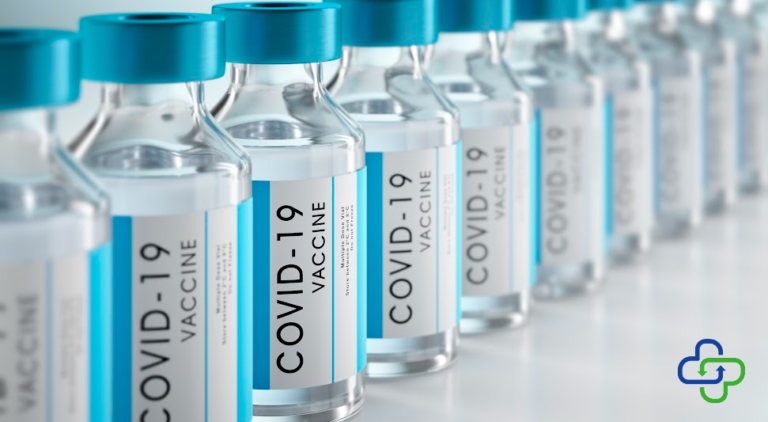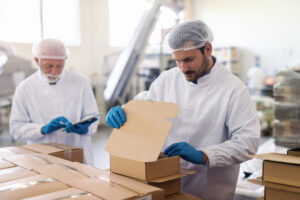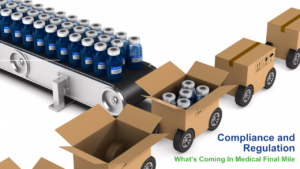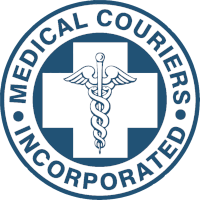After a year and half of lockdowns, losses, masks, and tests, things feel like they’re starting to even out. Everything from office space to restaurants are opening again. Festivals are live and kickin’ and international travel is back on the table.
And for this, of course, we say thank you to the various vaccines developed by Pfizer, Moderna, and Oxford/AstraZeneca. And moreso, we’re grateful for the standardized science that has allowed the vaccine to be developed so rapidly.
Now for the challenge: the last mile delivery.
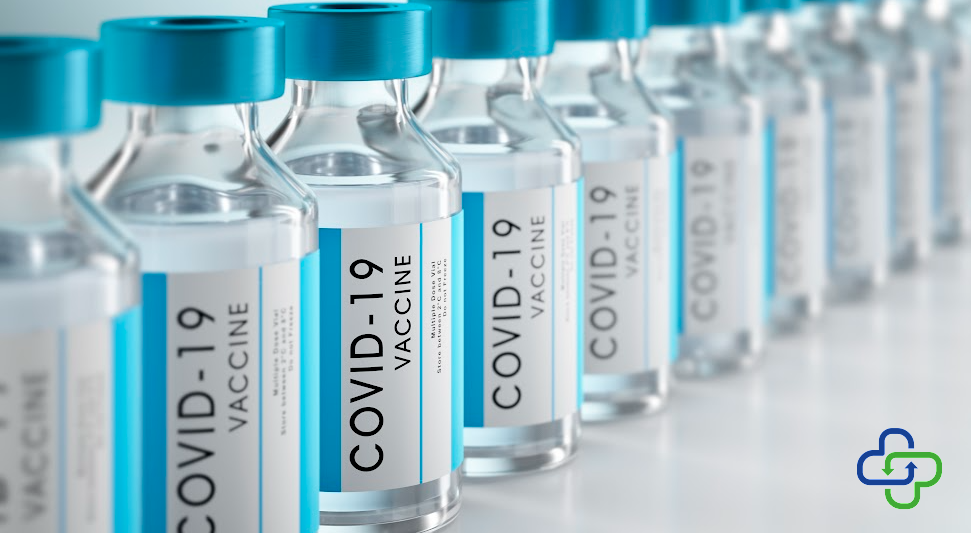 We need to find a way to get the vaccine from the laboratory facilities where they’re created and stored, to places they are being administered.
We need to find a way to get the vaccine from the laboratory facilities where they’re created and stored, to places they are being administered.
What is Last Mile Delivery?
Last mile delivery is the final step of any package’s delivery process. That typically means a product finding its way to your doorstep. It can also mean a medical specimen going to a lab for testing or a vaccine heading to a clinic for administering.
Last mile delivery is one of the most important aspects of healthcare logistics because when it comes to medical delivery, we’re talking about saving lives. As for the biggest health-topic on everyone’s mind right now, there are three main challenges when it comes to last mile delivery for the COVID-19 vaccine.
How We Handle the Three Last Mile Delivery Challenges of the COVID-19 Vaccine
1 – Driver Shortages and Overhead
There aren’t enough drivers for last mile vaccine delivery
When it comes to last mile delivery, one of the biggest issues right now is simply labor shortage. Between lockdowns leading to the highest ever rates of online ordering and the sheer volume of vaccines that need to be delivered to clinics and labs, typical package delivery companies are having major issues finding drivers to fill all of the roles they need.
But Medical Couriers has always been a strictly medical delivery company. For more than 50 years, we have focused on medical only delivery. We never have other packages taking priority over vaccine delivery. Our deliveries always have been (and always will be) part of a healthcare logistics network that places people above profit.
You need training for medical delivery
Hiring and training new drivers for standard medical deliveries is a huge overhead cost for a standard delivery company.
However, we’ve always been in medical delivery. Our drivers are trained and up-to-date on HIPAA and Bio hazard certifications. They are aware of all the nuances of medical delivery (as opposed to traditional package courier services).
Delivery drivers have extremely high turnover
For how important last mile logistics are, delivery drivers tend to have an extremely high turnover rate. This is because they’re often seen as replaceable and are overworked. If you look up statistics on Amazon drivers for instance, you’ll find that the annual turnover rate is almost 100%! They are continually hiring new drivers and quickly training them in last mile delivery protocol to get them on the road. This leaves us to worry about the high likelihood for vaccine delivery mistakes with the typical delivery company.
This type of driver-relationship simply doesn’t meet our standards.
We know that our drivers are an indispensable part of our team, and we don’t push them to their limits. We ensure that our drivers are well cared for, trained, and valued as team members, and offered benefits as often as we can. Happy drivers means great deliveries, and that is absolutely vital when it comes to medical delivery.
2 – Temperature Control for the Vaccine
Aside from finding people to deliver the vaccine, another challenge is getting the vaccine from their manufacturing facility into clinics, especially rural clinics, without degradation.
This goes with any vaccine of course, but transporting these life-saving therapeutics at the immense volume needed to vaccinate an entire nation (let alone the entire world!) is unprecedented. The primary issue here is keeping the medicine at the right temperature.
The vaccines need to be kept and transported very cold. And no, this isn’t, “let’s repurpose a few ice cream trucks,” cold – this is, “dry-ice and technologically advanced coolers,” cold.
For most delivery companies, this means completely retrofitting their vehicles. This is in addition to putting new dry-ice training protocols together for their drivers. This is a massive challenge that is time-consuming and expensive for a business to undertake.
For us, it’s standard procedure. We have used dry ice since we opened because it is a fairly common practice in the medical transportation industry.
How we transport the COVID-19 vaccines
We have become experts in cold specimen transport over the past 50+ years, because it’s vital in this industry.
For all of our drivers, we have a mandatory safety training program specifically dedicated to how to handle the supplies, equipment and processes related to cold chain delivery. We train the proper handling, placement and care procedures which prevent temperature excursions and ensure that these vital shipments arrive intact and ready to be administered. This extra training is the key to our success!
In last mile vaccine delivery, it’s vital to strike the critical balance in temperature. It’s important to protect the vaccine from becoming too warm, but also ensuring that it is not over exposed to the cold. Drops in temperature can compromise the efficacy of the medication.
Each of our coolers has a standard temperature monitoring device placed with the specimens. These devices monitor and log the temperature every 60 seconds. This enables us to audit the lifecycle of our delivery handling and to detect and mitigate any potential excursions.
3 – It can be Difficult for Clinics to Use all of Their Vaccines
This is one of the new, and rapidly developing issues that we’re working on right now. While driver shortages and retrofitting to protect vaccines in the last mile delivery process were foreseeable issues, this one wasn’t as simple to pinpoint.
When a clinic or a rural healthcare center receives a batch of vaccines, it’s not uncommon that they aren’t able to use all of them. These vaccines are mRNA based and they don’t have a very long lifespan – so unfortunately many do go to waste.
But there are also clinics that could always use more doses to serve the people that are queing to be vaccinated from COVID-19.
So we came up with the idea of setting up vaccine ambulances! This is a network we have enabled in Los Angeles and San Francisco, using a designated vehicle, outfitted to keep vaccines at the perfect temperature, ready to pick up a batch that would have otherwise been wasted and take it to a clinic or other site that can utilize the extra doses!
These ambulances can respond within 100 miles. We are thrilled to provide a solution and ensure that vaccine doses are not being wasted.
Are you interested in learning more or partnering with our vaccine ambulance network? Please click here to fill out our contact form!

